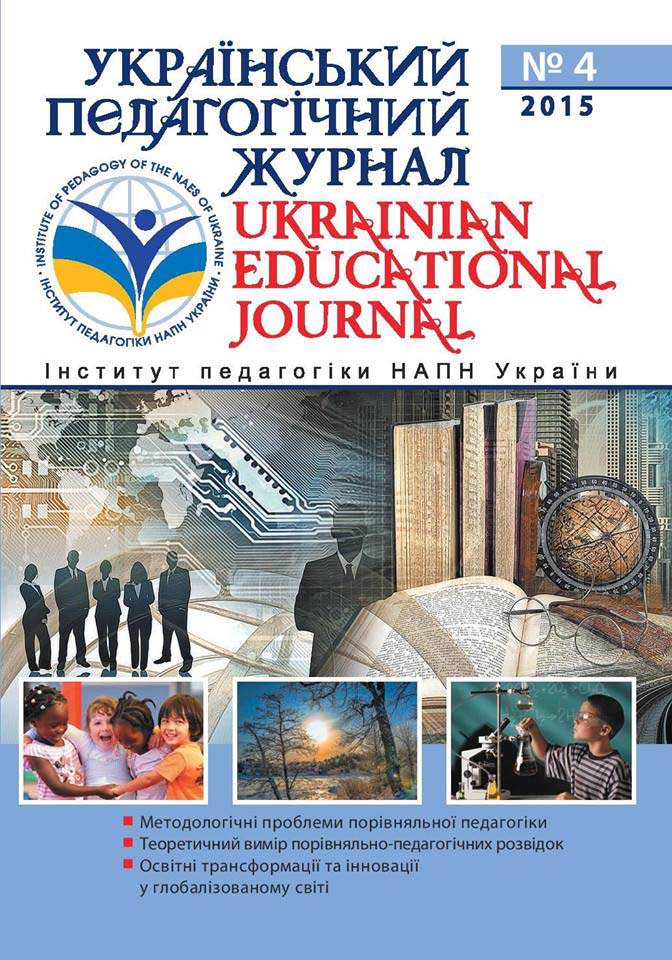Abstract
The present article is devoted to the urgent problem of modern transformations in the sphere of Ukrainian education with the aim of integration in the European educational space. The author outlines modern approaches in order to give characteristics of internationalization of education. They are the following activity, prognostic, competence, procedural.Systematizing of organizational changes of the educational institutions in the context of internationalization occurs within the activity approach, which consists of internationalized curriculum, academic mobility, foreign studentsand international research activity. Priority favors the internationalization of the curriculum through the modernization of educational content, the formation of global consciousness, international competencies. Defining long-term goals of internationalized education and its results, and support of the international activities of the institution provides prognostic approach. Within the competence approach the internationalized complex of competencies and skills of the students and teachers needed to establish international relations (career, educational, global, transnational, international competence) is set. The author has noted that a competency based approach is more associated with the educational results of the quality of education. The main mechanisms for implementing the international dimension in teaching, learning, scientific research, educational services can be determined within the procedural approach. Using the outlined possible approaches let the author introduce the typical models of internationalization of institutional educational space (procedural, administrative, structural) determined in the scientific works of foreign researchers (J.Knight, K. Manning, G. Neave, R. E. Rudzki, Van derWende). The classification of the models is based on the existing approaches to the internationalization of education. The author presents the comparative characteristic of the main components the models of internationalization of educational space of higher education.The complex analysis, comparison and synthesis of teaching foreign experience on the issue of internationalization of institutional educational higher education allows to determine and describe the common components of the models of internationalization of education, namely basic approaches (internal factors: historical, cultural traditions of the institution), goals (political, economic, socio-cultural, academic), leading directions (organizational changes, internationalized curriculum, competent teaching staff, academic mobility), monitoring and evaluation of the institution, the dominant forms and means. The perspective direction of subsequent scientific studies we consider the definition of modern leading strategies and main forms and means of internationalization of institutional educational space of higher education.

This work is licensed under a Creative Commons Attribution-NonCommercial 4.0 International License.

